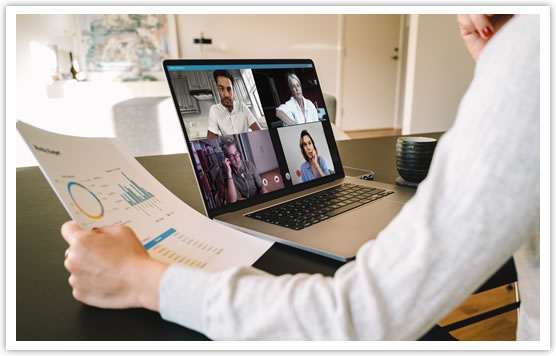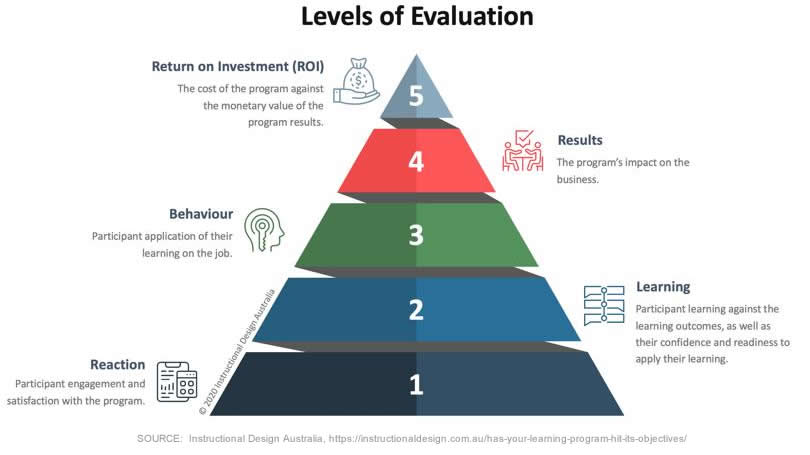PART 2
The first part of this post stated…
“The first part of this post began with… Training Magazine shared, “86 percent of virtual classroom participants rated the experience just as engaging or more engaging than traditional classroom training. 100 percent of participants were highly satisfied with their training experience.” Is this the only criteria to consider? And, is virtual better than classroom? The answer, it depends. It depends on a lot.”
Now let’s go into the ROI of both approaches and the impacts COVID.

There are textbook recommendations and there are situational as well as real-world business threats and challenges. Talent development and workplace learning has to be forever conscious, resilient, and nimble to support an organization’s ability to respond to crises. The talent development and/or workplace learning function has to be a role-model for change and transformation. Learning still has to be effective and never more so than during a crisis. Again, is virtual or remote learning better than onsite classroom learning?
It is important to consider the upfront dollar investment for classroom and virtual options. Remote eLearning modules initial investment may tend to be higher in terms of costs, time to design and to develop. The eLearning module return comes from the volume of people it can reach over time. So, if there is not a large outreach (audience) and/or the content requires constant updating, the investment in terms of revenue could be quite significant and perhaps more than the classroom experience.
Now let’s go into the Return on Investment (ROI) for both for both classroom and virtual learning, which comes directly from presenting clear relevance to the learner in the very beginning. The WIIFM (What’s in It for Me), should be clear to the learner to pique their interest as to the value and grab their attention. A clear linkage to the organizational strategy should be clearly established. This approach will help ensure maximizing the ROI on those learning investments.

Classroom learning is still touted as the most ideal form of learning, hands down in terms of impact, reliability, and effectiveness. It is a myth to consider the classroom experience always being higher in terms of overall cost if it is the appropriate solution or performance intervention based on the need. Anything less, like a virtual approach merely because it is less costly dollar-wise could be more costly in the long-term because the learning required hands on or kinesthetic approaches to develop a skill perhaps. And, depending on the root cause issue(s) the cost to the company continues in terms of low performance impacts. The result, the issue goes unresolved internally because behavior did not change. The net is a significantly higher investment of revenue to duplicate effort now in a classroom. And, time away from the job and impacts to productivity are important ROI considerations.

While COVID-19 has dictated a decline in the use of this approach, more companies will likely tend to cut training and start seeking outside resources for classroom training needs before reinvesting in internal training infrastructure. In time, as we recover from COVID-19 the classroom experience will become more elevated as an event and an essential way to bring together virtual teams. Telework will not likely go back to the levels before COVID-19. Many businesses are realizing the increased productivity that comes from telework. The classroom will shift in terms of personal and/or social distancing practices, types of group breakouts, and even the sizable nature of the venue for the training.
COVID-19 forced businesses reluctant to leverage virtual options, to take the leap. This will require classroom learning to become much more focused with a level of common knowledge coming into the class, as mentioned above and likely less time required in the class with virtual pre and post learning options.
Virtual learning is a great way to provide either synchronous webinar or asynchronous eLearning module to reinforce the classroom message and support helping make those new neural connections and behavior change. Post classroom follow-up is often what goes lacking in the classroom experience and we tend to “lose it if we do not use it.” This impacts the perceived value of classroom learning if behavior does not change making decision makers reluctant to invest in the next classroom experience. A one-time classroom learning event will not instantly bridge those new neural pathways that takes >21 days to create. Follow-up is essential and managers often are not equipped or held accountable themselves to reinforce the classroom learning message.
In summary, neither virtual nor classroom is better than the other. They both have their place. Consider the root causes, type(s) of performance intervention(s) required, and available resources. Look at short-term and long-term strategies with an eye on behavior change, KPI impacts and ROI. Mindfulness to consider beyond initial revenue invested is important. Consider costs to productivity short-term while in the learning event and long-term costs if the issue is not resolved. There is also the reality to consider in terms of travel, urgency, social distance, shelter in place, etc. Most often combining with a blended approach where the learner can have a self-paced component will help maximize the ROI on the classroom experience. Both virtual and classroom environments are transforming to be relevant and meet the shifting demands and evolving needs of audiences. Over reliance on one approach could have a long-term impact on the credibility of the learning resource(s).
*NOTE: Level 1-5 refers to Jack Phillip’s 5 Levels of Training Evaluation 1-Reaction, 2-Learning, 3-Behavior, 4-Results, and 5-ROI.



